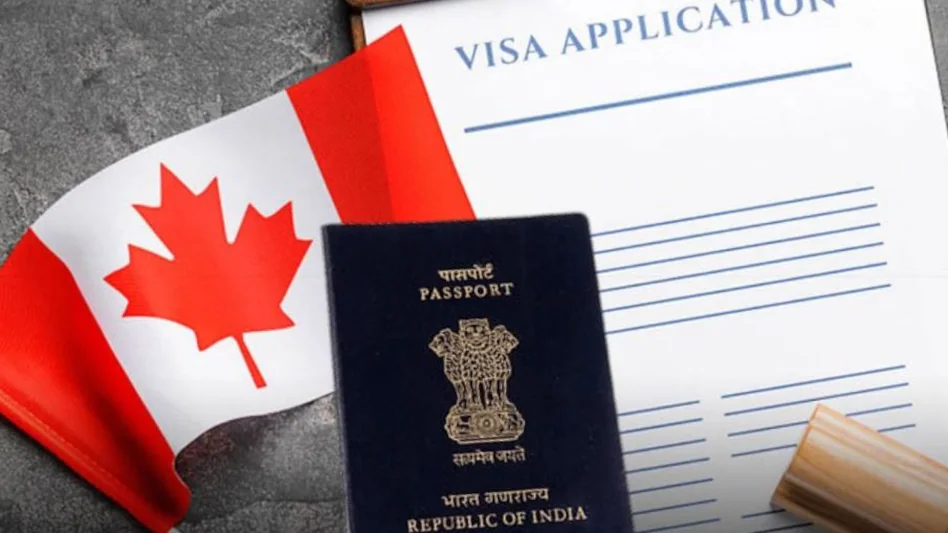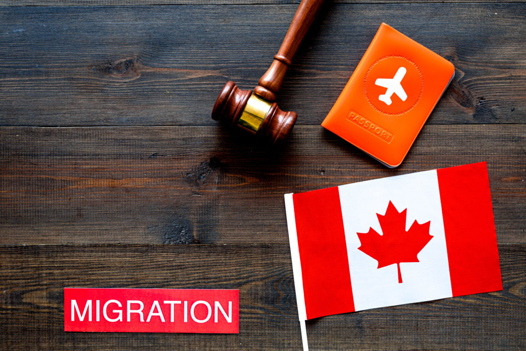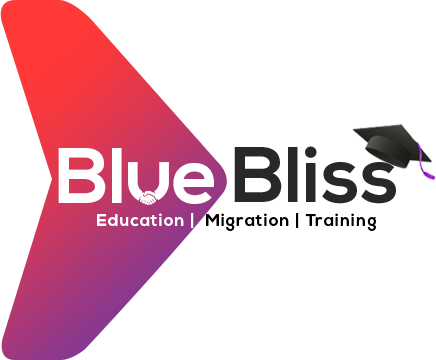Introduction
Canada is one of the most popular destinations for immigrants due to its high quality of life, diverse culture, and strong economy. The Canadian immigration system is designed to attract skilled workers, family members, students, and refugees, while also providing pathways for people to become permanent residents and citizens. However, the process can be complex and requires careful understanding of the various visa categories, eligibility criteria, and application procedures. This comprehensive guide will break down Canada’s immigration system and help you understand the key pathways available.
Understanding Canada’s Immigration System
Canada’s immigration system is managed by Immigration, Refugees and Citizenship Canada (IRCC). The system is designed to balance the needs of the economy with humanitarian goals, ensuring that Canada remains a country that welcomes newcomers while maintaining security and social cohesion.
Key components of the system include:
- Express Entry System: For skilled workers.
- Provincial Nominee Programs (PNP): For workers with skills that meet specific provincial needs.
- Family Sponsorship: For reunification of families.
- Refugee and Asylum Programs: For individuals seeking protection.
- Temporary Resident Programs: For tourists, students, and temporary workers.
1. Types of Canadian Visas
Canada offers a range of visa options depending on the applicant’s reason for coming to Canada, whether it’s for work, study, family reunification, or asylum. These can be broadly classified into two categories: Temporary Visas and Permanent Visas.
A. Permanent Resident Visas
A permanent resident visa allows individuals to live and work in Canada indefinitely. The most common pathways to permanent residency include:
- Express Entry: Canada’s flagship immigration program for skilled workers. Express Entry manages applications for three main federal immigration programs:
- Federal Skilled Worker Program (FSWP): For applicants with a certain number of years of work experience in a skilled occupation.
- Federal Skilled Trades Program (FSTP): For applicants with qualifications in skilled trades.
- Canadian Experience Class (CEC): For individuals who have worked in Canada on a temporary visa and wish to transition to permanent residency.
- Provincial Nominee Program (PNP): Provinces and territories in Canada have their own immigration programs that allow them to nominate individuals for permanent residency. These programs are for applicants whose skills match the specific needs of a province or territory. PNP applicants can also enter the Express Entry pool for faster processing.
- Family Sponsorship: Canadian citizens and permanent residents can sponsor family members to come to Canada as permanent residents. Eligible family members include spouses, common-law partners, dependent children, and sometimes parents or grandparents.
- Start-up Visa Program: For entrepreneurs who plan to start a business in Canada. Applicants need to secure support from a designated Canadian venture capital fund, angel investor group, or business incubator.
- Caregiver Program: For individuals who come to Canada to work as caregivers for children, the elderly, or individuals with medical needs. Caregivers may eventually apply for permanent residence.
- Atlantic Immigration Pilot Program (AIPP): A program designed for skilled workers and international graduates who wish to live and work in Canada’s Atlantic provinces—Nova Scotia, New Brunswick, Newfoundland and Labrador, and Prince Edward Island.
B. Temporary Resident Visas
Temporary visas are for individuals who intend to stay in Canada for a limited period. These include:
- Visitor Visa: For individuals who want to travel to Canada for tourism, family visits, or business. This visa is usually granted for six months, but applicants may apply for extensions.
- Study Permit: For individuals who wish to study at a Designated Learning Institution (DLI) in Canada. A study permit is usually granted for the duration of the course, and students may work part-time during their studies under certain conditions.
- Work Permit: For individuals who have a job offer from a Canadian employer. There are different types of work permits:
- Employer-Specific Work Permit: Allows individuals to work only for the employer who provided the job offer.
- Open Work Permit: Allows individuals to work for any employer in Canada.
- Temporary Resident Visa (TRV): For individuals who are not from visa-exempt countries and who plan to visit Canada temporarily. Most applicants need a TRV to enter Canada as a visitor, but citizens of some countries are exempt.



2. The Canadian Immigration Process
The immigration process varies depending on the visa type but generally follows these key steps:
Step 1: Check Eligibility
Each visa category has specific eligibility requirements, such as work experience, education, language proficiency, or job offers. It’s crucial to check whether you meet the requirements for the visa type you wish to apply for.
Step 2: Complete Your Application
Applications for most Canadian visas are submitted online through the IRCC website. You’ll need to fill out forms, gather supporting documents (such as passports, proof of funds, job offers, or educational credentials), and submit them for processing.
Step 3: Pay Fees
Visa application fees and biometric fees (for fingerprinting and photographs) will need to be paid during the application process.
Step 4: Biometrics Appointment
Most applicants must provide biometric data (fingerprints and photographs) at a local visa application center (VAC).
Step 5: Wait for a Decision
Processing times vary based on the type of visa and where you are applying from. Be sure to track the status of your application online.
Step 6: Receive Your Visa or Permit
If your application is approved, you will receive your visa or permit, allowing you to travel to Canada or, if already in Canada, continue your stay.
3. Challenges in Canadian Immigration
While Canada’s immigration system is one of the most straightforward, there are still challenges applicants may face:
- Application Backlogs: Depending on the visa category, the number of applications can lead to delays in processing times.
- High Competition: Many immigration programs, like Express Entry, are competitive. Your CRS score must be high enough to receive an Invitation to Apply (ITA).
- Documentation: Missing or incomplete documentation can delay your application or lead to denials. It’s important to ensure that everything is in order before submitting your application.
- Proof of Funds: For many visa categories, applicants must show they have sufficient funds to support themselves while in Canada. This requirement may be a barrier for some applicants.


4. Special Programs and Exemptions
Canada offers several special programs to cater to specific types of immigrants:
- Refugees and Asylum Seekers: Canada is known for being one of the most welcoming countries for refugees and asylum seekers. Those who fear persecution in their home country can apply for asylum after arriving in Canada.
- Temporary Residents to Permanent Residents: Some programs allow temporary residents (workers, students, or visitors) to transition to permanent residency. For example, international students who graduate from a Canadian institution may be eligible for the Post-Graduation Work Permit, which can lead to permanent residency.
- Canadian Experience Class (CEC): This category is ideal for those who have gained work experience in Canada and want to apply for permanent residency through Express Entry.
5. Naturalization and Canadian Citizenship
After living in Canada as a permanent resident for a certain number of years (typically 3 out of 5 years), you may apply for Canadian citizenship. The naturalization process includes:
- Submitting a citizenship application.
- Demonstrating language proficiency in either English or French.
- Passing a citizenship test on Canadian history, culture, and values.
Once granted citizenship, you’ll enjoy all the rights and privileges that come with being a Canadian, including the ability to vote, hold a Canadian passport, and access healthcare and social services.
Conclusion
Canada offers a variety of immigration pathways designed to attract talented individuals, support family reunification, and offer protection to those in need. Navigating the Canadian immigration system can be complex, but with the right knowledge and preparation, you can successfully make your way through the process. Whether you’re a skilled worker, student, family member, or entrepreneur, Canada provides ample opportunities to live, work, and build a future.
